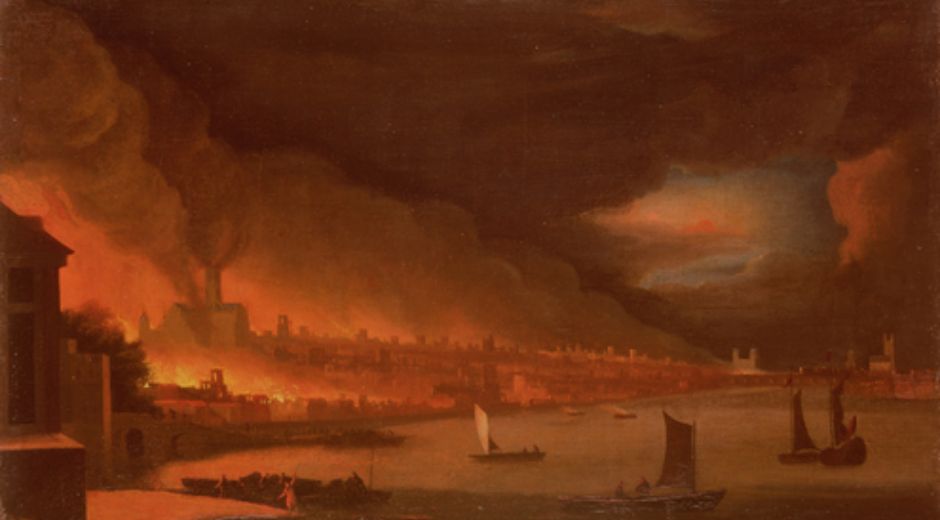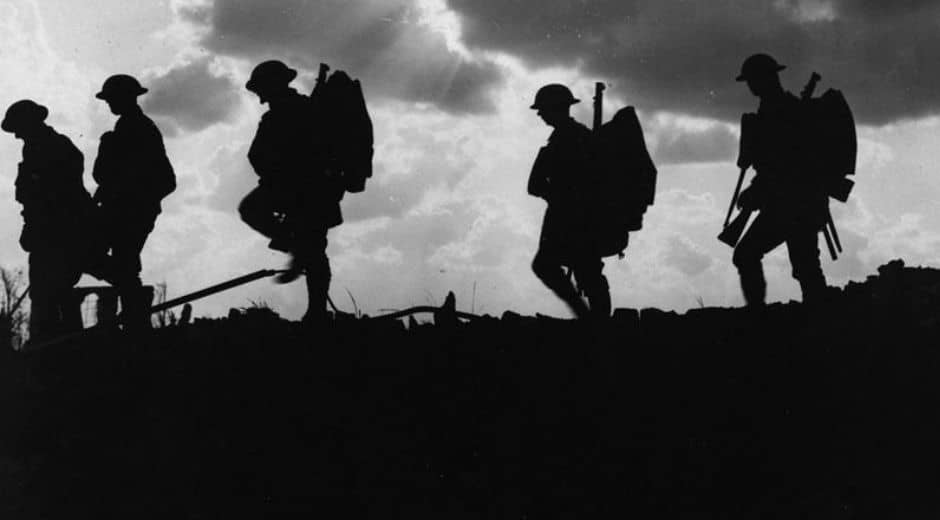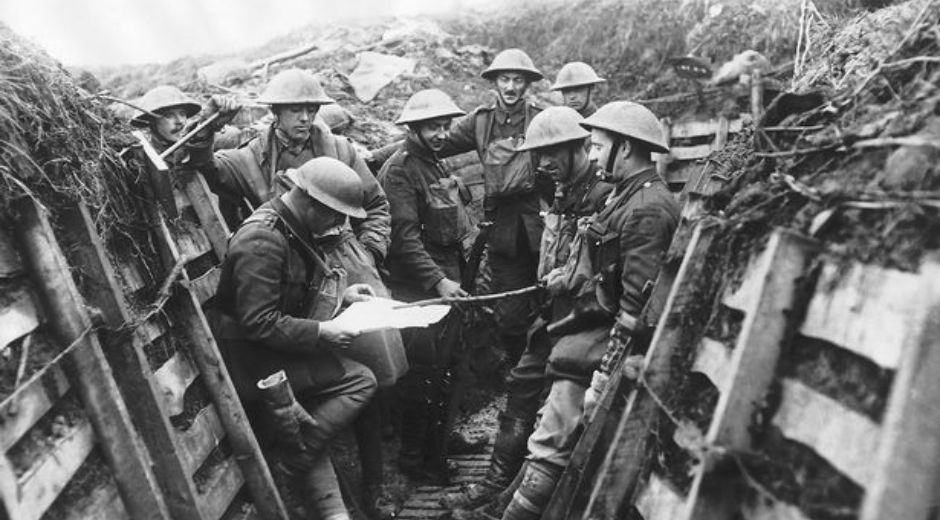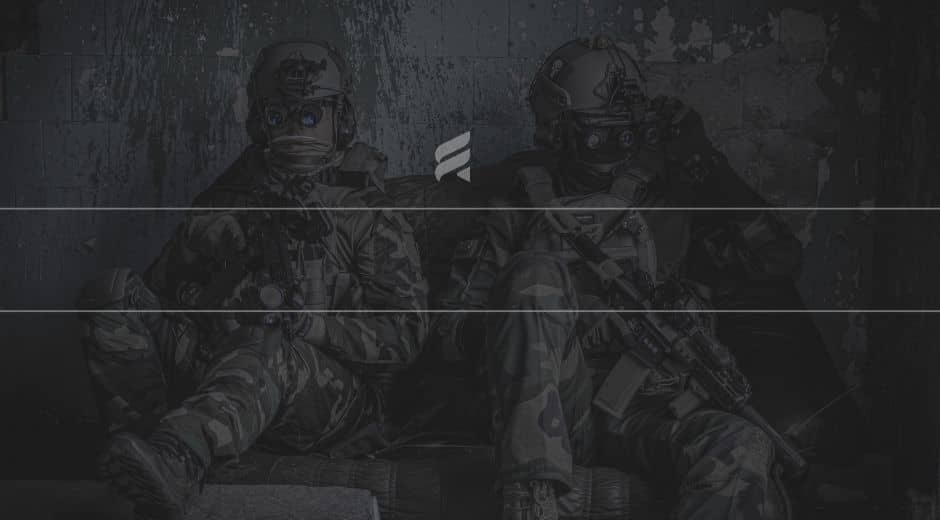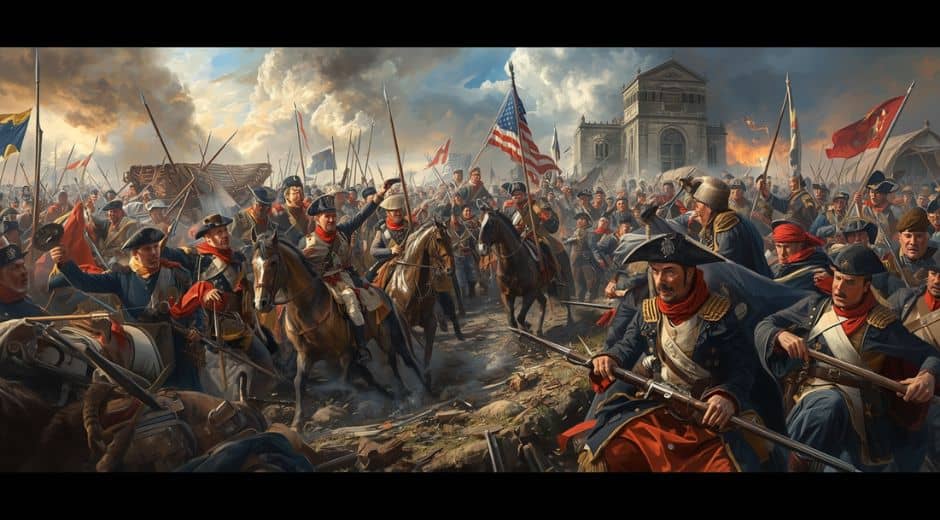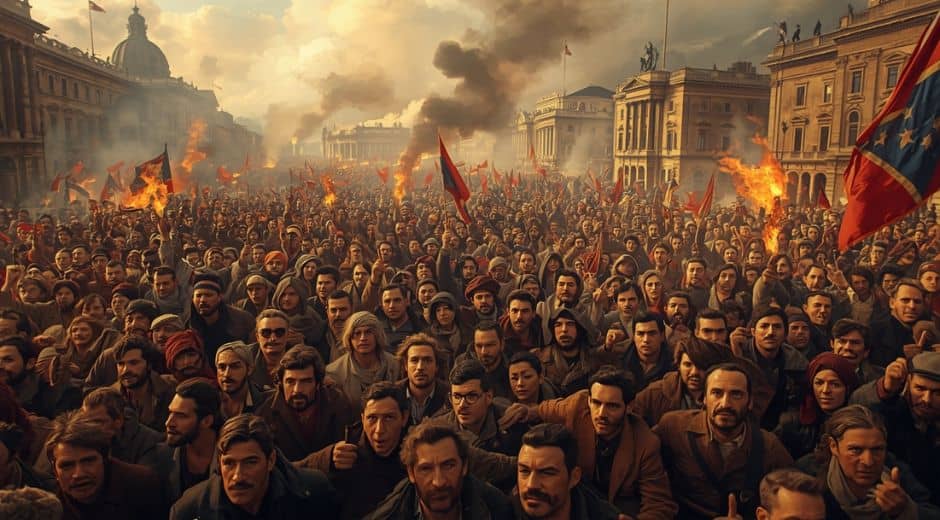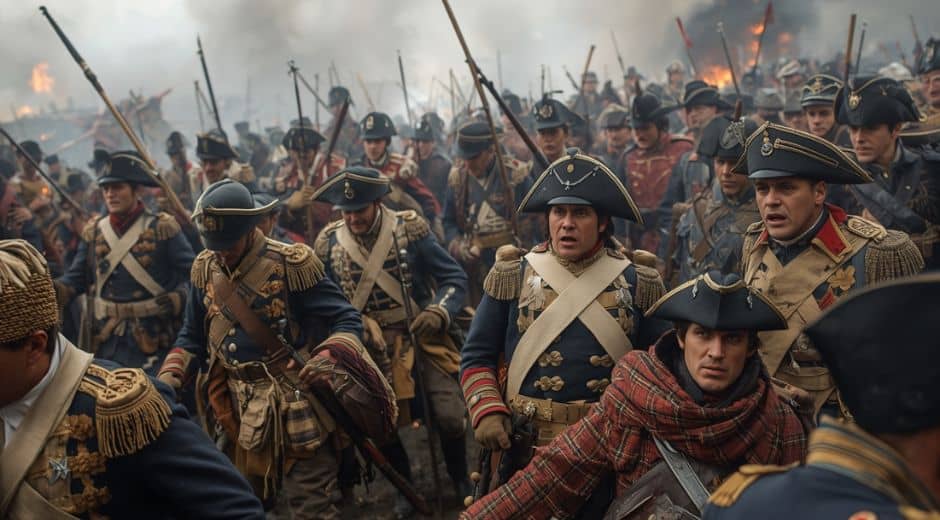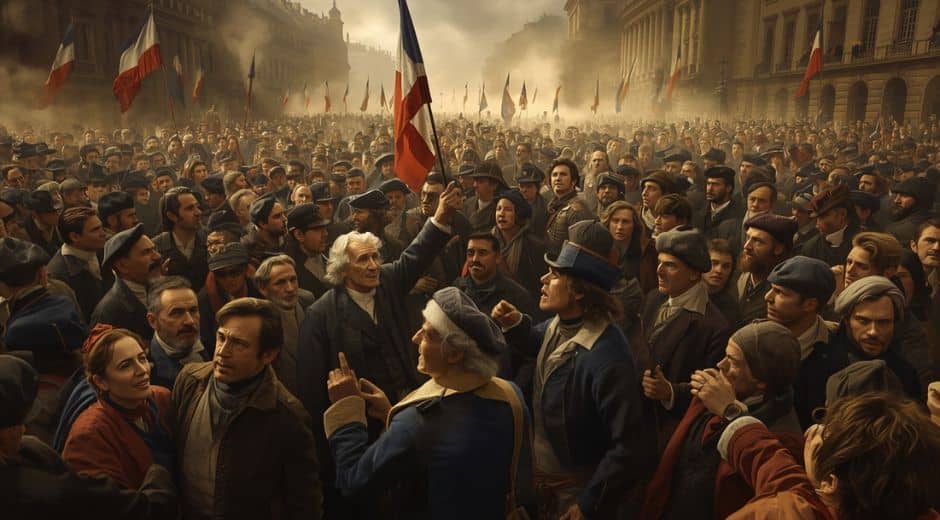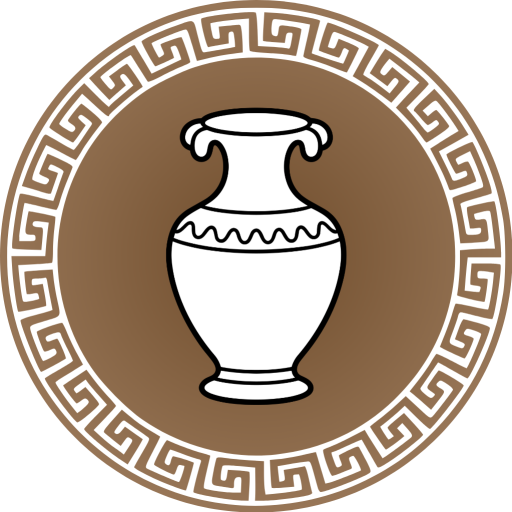Borders in Flames: How Revolutions Redrew the World Map
Borders in Flames: How Revolutions Redrew the World Map
Revolutions have always been catalysts for profound change, often reshaping nations and redefining the Borders that govern the lives of millions. From dramatic uprisings to political realignments, the story of human conflict is inseparable from the evolution of Borders. These transformations are not merely lines on a map; they reflect struggles for identity, sovereignty, and survival. Understanding how revolutions have redrawn the world’s offers insight into the complex interplay between power, culture, and geography.
The Birth of New Nations
Many revolutions began as local struggles but ended with the creation of entirely new nations. The American Revolution, for example, did not just free thirteen colonies from British rule; it established a new political entity whose independence reshaped North American Borders. Similarly, the Haitian Revolution resulted in the first free Black republic, dramatically altering Caribbean Borders and inspiring other liberation movements. The outcomes of these uprisings illustrate that revolutions can produce immediate geopolitical change, challenging longstanding assumptions about authority and control.
Europe in Upheaval
The 18th and 19th centuries saw Europe convulsed by revolutionary fervor. The French Revolution, beginning in 1789, toppled the monarchy and influenced waves of political upheaval across the continent. Napoleonic campaigns further redrew European Borders, introducing new administrative divisions and altering power balances. Even countries that were not directly involved felt the ripple effects of these revolutions. Understanding the European experience helps contextualize the way local events can have continental consequences, demonstrating that the mapping of Borders is often fluid and contingent upon human ambition and conflict.
Wars That Altered Borders
Wars are often inseparable from revolutionary movements. The Russian Revolution of 1917, for instance, not only dismantled the tsarist regime but also contributed to the eventual emergence of the Soviet Union. Subsequent civil wars and treaties transformed the Borders of Eastern Europe and Central Asia. Similarly, the Balkan conflicts of the early 20th century, intertwined with nationalist revolutions, resulted in a complex redrawing of Borders that would influence global politics for decades. For those interested in exploring detailed historical maps and documentaries, resources like History TV Finland provide extensive archives that illustrate these dramatic changes vividly.
Colonial Revolutions and Global Impacts
Beyond Europe, colonial revolutions reshaped continents. In Latin America, independence movements throughout the 19th century toppled Spanish and Portuguese rule, creating new countries and redefining across South America. Figures such as Simón Bolívar and José de San Martín were not only military leaders but also architects of national Borders, often negotiating and fighting to establish territories that could sustain independent governance. These shifts were not only political but cultural, influencing language, trade, and identity for generations.
Revolutions in Asia and Africa
The 20th century saw revolutions reshape in Asia and Africa as well. The Indian independence movement, culminating in 1947, resulted in the partition of India and Pakistan — a process that forcibly redrew along religious lines and triggered massive migrations. Similarly, the wave of African decolonization after World War II created new states with Borders that were often arbitrary, drawn by colonial powers with little regard for ethnic or cultural realities. The consequences of these divisions continue to influence regional conflicts and political dynamics today.
Cultural and Social Effects of Redrawn Borders
While the political effects of revolutions are obvious, the social and cultural impact of changing is profound. People often find themselves living under new governance, with altered legal systems, languages, and civic expectations. Families and communities may be divided or suddenly united, and the identity of populations can shift dramatically. Understanding these human stories is essential for grasping the full impact of revolutionary. For instance, parenting and social advice platforms like Cool Parenting Tips explore how historical events, including migrations caused by changing Borders, have long-term effects on families and communities, highlighting the intersection of history with everyday life.
Negotiation, Treaties, and Diplomacy
Not all revolutionary changes occur through violence. Diplomacy, negotiation, and treaties have played significant roles in redefining territories. The Treaty of Paris (1783), for example, formally ended the American Revolution and established the new nation’s Borders with Britain. Similarly, post-World War I agreements like the Treaty of Versailles redrew European extensively, showing how international negotiation can codify revolutionary outcomes. These processes often involve compromise, but the results are enduring, emphasizing that revolution can be both violent and bureaucratic.
Lessons from History
Studying the ways revolutions have redrawn reveals patterns that continue to resonate today. Revolutions often arise from inequality, oppression, or a desire for self-determination, and the resulting shifts in Borders reflect these underlying social forces. The historical record demonstrates that are not fixed — they are living constructs shaped by human ambition, conflict, and cooperation. Resources such as Chronostual provide in-depth accounts of these changes, allowing modern readers to trace the lineage of today’s geopolitical landscape.
Modern Implications of Historical Borders
Today, the legacy of revolutionary is visible in ongoing disputes and international relations. Conflicts in regions like the Middle East, Eastern Europe, and Africa often trace back to historical revolutions and colonial arrangements. Understanding these dynamics is crucial for diplomats, historians, and citizens alike. Awareness of how revolutions have historically altered Borders can inform contemporary policy decisions and social planning, offering lessons on stability, justice, and coexistence.
The Human Element
Ultimately, the story of revolutionary Borders is the story of people. Soldiers, leaders, and everyday citizens all play a role in shaping the physical and political landscapes. Each line on a map represents struggle, negotiation, and adaptation. By exploring these narratives, we gain a deeper appreciation of the resilience and complexity of human societies.
Conclusion: Borders as Living History
Revolutions are more than events; they are processes that leave lasting marks on the world. They redraw are not just geographical lines but symbols of change, conflict, and hope. They remind us that history is dynamic, and the maps we take for granted are the products of countless human stories. Understanding these shifts allows us to engage more thoughtfully with the past, present, and future.
By tracing the revolutionary redrawing, we see how human ambition, courage, and resilience shape our world — connecting political history with the lived experiences of communities. As you explore further, History TV Finland offers rich visual archives, while Chronostual provides deep analytical insights, helping readers appreciate the full scope of historical transformations.
History Insight Legacy
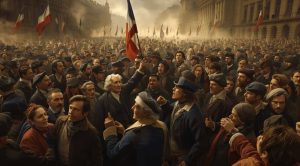
The French Revolution: When the People Rose
The French Revolution ignited a new era of freedom, equality, and human rights, transforming society and inspiring movements that shaped the modern world.

Leonardo da Vinci: Genius Beyond Time
Leonardo da Vinci, the ultimate Renaissance mind, merged art, science, and imagination to redefine creativity and human potential across centuries.

The Black Death: Hidden Impact Behind the Plague
The Black Death reshaped medieval Europe in ways beyond devastation, triggering hidden social, cultural, and economic transformations that redefined civilization.
